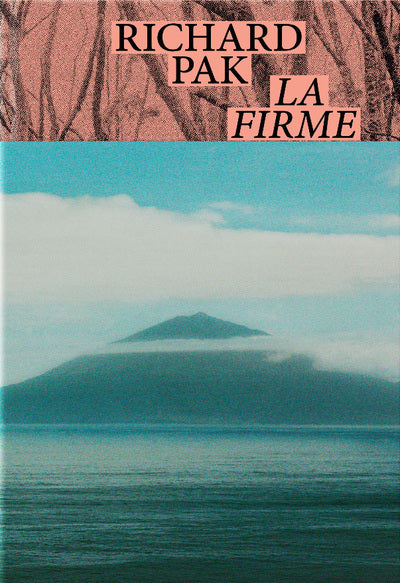The Firm - Cycle The Islands of Desire
- Authors: By (author) Richard Pak
- Publishers: XAVIER BARRAL
- Date of Publication: 2024-11-07
- Pages: 94
- Dimensions: 267mm x 189mm
Through this work, Richard Pak wishes to tell the unique story of
this community and how it evolves today with the legacy of
idealistic principles of equality and sharing on which it is based.
Tristan da Cunha is a tiny volcanic island of almost 100 kilometers
squares discovered in 1506 by the Portuguese navigator of the same name.
British in origin, it forms a perfect triangle located in the middle of
the South Atlantic Ocean and constitutes the inhabited territory
the most isolated on the planet, eight days by boat from Cape Town in South Africa, and
The only way to get there. French photographer Richard Pak first set out
interested in this archipelago as part of the anthology he has undertaken (The
islands of desire) dedicated to the island space.
As the photographer explains: "The island, a space of few people, nourishes a
common imagination of the greatest number. Beyond simple distance, it
induces the idea of a break with everyday life. The islands fascinate the traveler
as they shape their inhabitants. And I could hardly find better than
Tristan da Cunha for
to begin a cycle on insularity.
Beyond the exceptional character of Tristan da's geographical isolation,
Cunha, Richard Pak is fascinated by its unique history and values
founding idealists of this community. Its current inhabitants are all
descendants of exiles and castaways who arrived following the British William
Glass. In 1817, while his garrison
leaves the island, he decides to stay with his wife and children.
An agreement is signed between the crown and "the firm", as they are
designate. The document is considered the first constitution of Tristan
da Cunha. His few articles announce in particular: "no one will rise here
above anyone else"; "all should be considered equal" and "all
profits made will be shared
fairly". There is no private property, no leader, no money (the
(the currency of exchange is then the potato), everyone helps each other.
The utopian experiment remained anonymous until 1961, when the volcano
shakes itself. Fearing the total destruction of the island, the entire population is
evacuated and propelled
in the middle of 20th century post-industrial Britain.
But the Tristanais are not very impressed by this modern world so far away
of theirs and prefer to leave two years later. A real snub for
an England that thought it was saving them as much as enlightening them. Even today
private property does not exist and
lands are communal.
Through this work, Richard Pak wishes to tell the unique story of
this community and how it evolves today with the legacy of
idealistic principles of equality and sharing which found it. It constitutes
the culmination of long documentary work
course where the photographer lives immersed in his subject, associating the
photography to his historical and literary research.
Share

